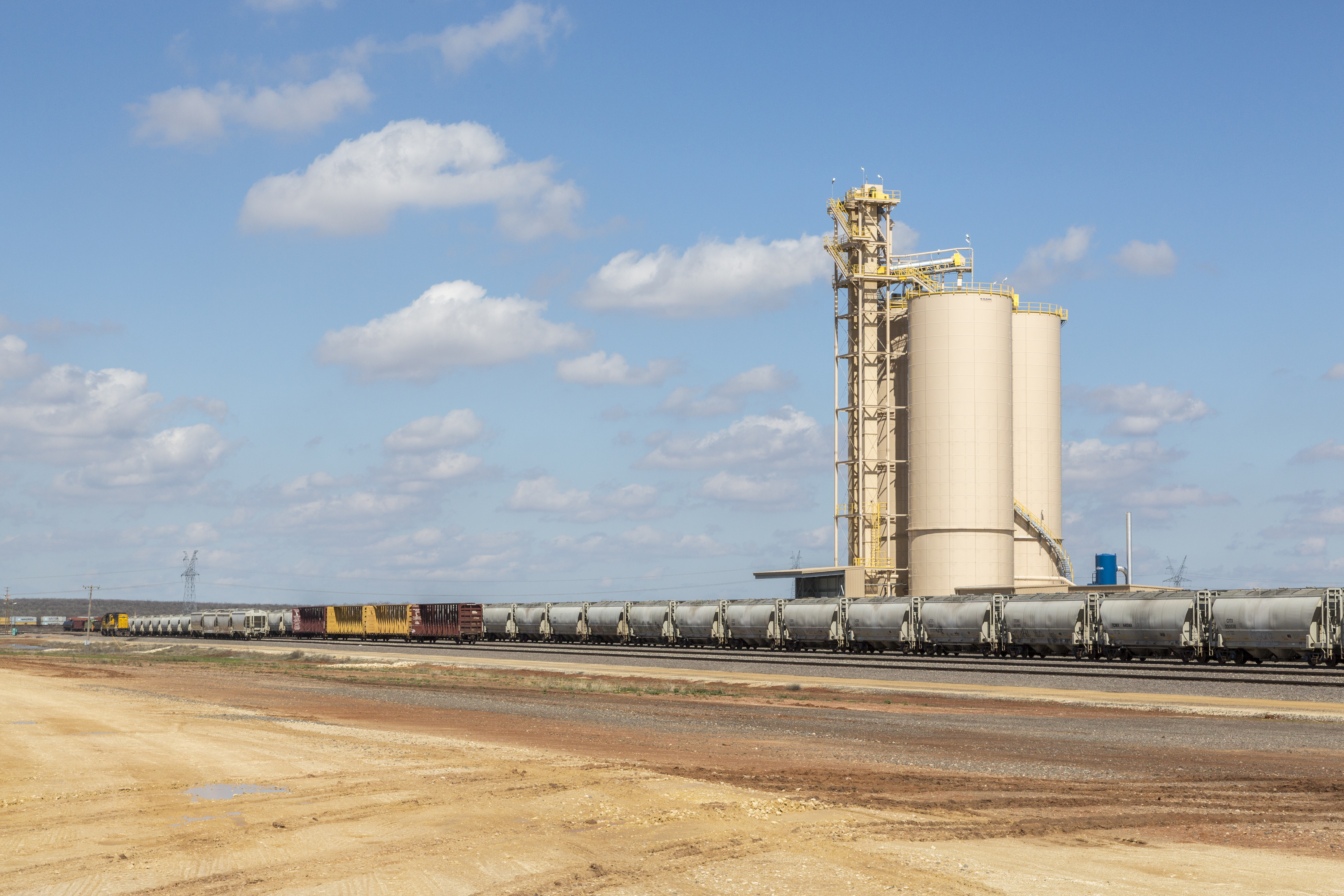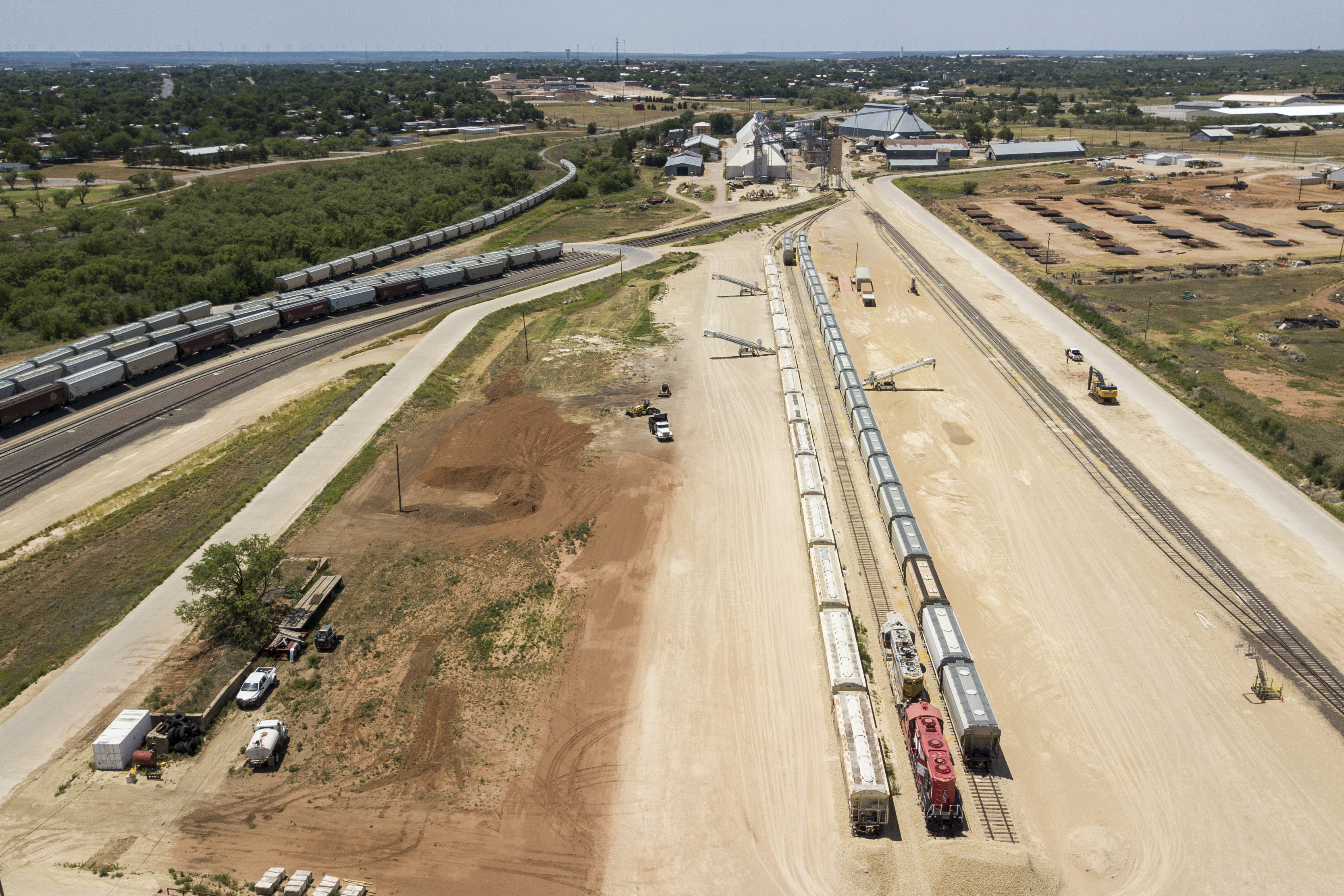
BNSF Logistics Centers: Because one size doesn’t always fit all
At BNSF we are constantly evolving, both to meet customer expectations and to become more efficient, as well as to find new ways to grow. When customers are new to rail or are looking to expand their business, we help guide them through the process of establishing rail service that fits their needs by offering a variety of supply chain solutions.
“We understand that every customer is different, and it’s not one size fits all when it comes to their transportation needs,” said Colby Tanner, assistant vice president, Economic Development. “Whether customers want to ship a full trainload or a few cars at a time, we want to help them grow their business (and ours) by moving their freight in a cost-effective and environmentally conscious way.”
Realizing that the established business park model wasn’t necessarily meeting all the demand in the logistics marketplace, BNSF decided to take the unique approach of creating logistics centers and investing directly in the development of sites in growing – yet under-served – areas. When customers choose to locate at a BNSF Logistics Center, they can save nine months or more of development time with a fully permitted, shovel-ready site with rail infrastructure – including mainline turnouts, industry common track and inner roads – already in place.
We cut the ribbon on our first logistics center – Logistics Center Sweetwater, Texas – in 2014. Working with the site’s largest customer, Cape and Son, the facility is designed to provide rail, truck and transload services, and it is positioned to serve a variety of industries, including agricultural products, aggregates, sand and pipe.

“The benefits of working with BNSF at a logistics center mainly come two-fold: the capital investment and timing,” said Geoff Haney, president and CEO, Cape and Son. “A greenfield project may take 24 months or longer to secure the land, design, develop and construct the facility. In a logistics center, the initial scope of the rail layout is already in place. A tenant can come into the facility and focus their time and effort on their plant and operation instead of having to spend that extra time to develop a full-sized rail facility.”
There are currently five BNSF Logistics Centers, located strategically along our network.

“We continue to invest in our own network to make doing business with us as easy as possible. Our team works tirelessly to help new, existing and potential customers build upon their success by saving them time and providing them with reliable, efficient and safe rail transportation,” added Tanner.
The latest logistics center to be announced is located in Hudson, Colorado, just 30 miles northeast of Denver. Its location on our mainline and on I-76 makes it an ideal site for customers who want to ship a full trainload of products or a few railcars at a time.
Logistics centers are designed to be customizable because we know that businesses and their needs change over time. Companies may want to move carloads, unit trains or both of a certain product and possibly less of another as market trends fluctuate and we want to be able to provide them with the flexibility to do so.
“Our transportation needs have changed dramatically over the last 30 years,” added Haney. “At that time, we were a regional company and most of our products were shipped by truck. As we’ve grown in product diversity and the various regions we have around the country, rail utilization has become vital to that process.”
What’s that called?
There’s a difference in a logistics park and a logistics center, even if the names are very similar.
At BNSF, logistics center serves carload customers, meaning those who put their product into or on railcars for transportation. This mostly consists of bulk agricultural products and industrial products.
Logistics parks on our network serve primarily intermodal customers. Those customers move their products in either containers or trailers.